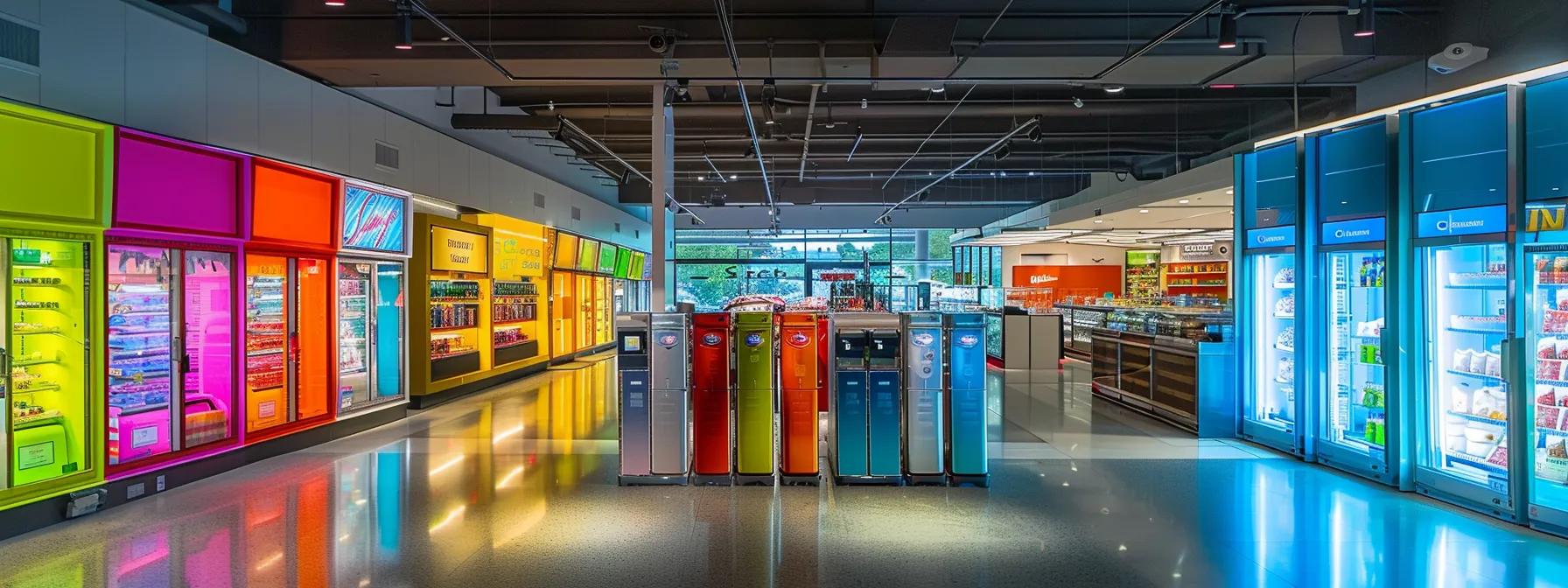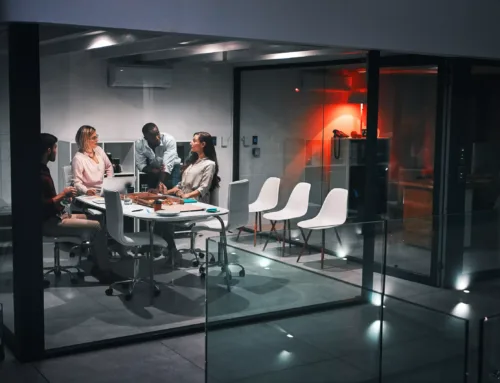
As demand for flexible refrigeration grows across industries, businesses are seeking cooling systems that deliver performance without permanent installation. Portable retail cooler options offer an adaptable alternative to traditional refrigeration infrastructure—particularly when supported by asset strategies that prioritize durability, accessibility, and operational control.
From pop-up operations to high-volume retail environments, the need to protect perishable inventory while optimizing floor space has elevated the role of mobile refrigeration equipment. Retail display cases configured for mobility are now central to operations that prioritize both product visibility and cooling performance.
Functional Priorities in Retail Cooling Environments
Portable coolers are not just about mobility—they must maintain consistent temperatures under varying conditions, support product accessibility, and operate efficiently in settings with fluctuating humidity and ambient heat. Units equipped with integrated evaporator systems and reinforced insulation can provide reliable performance in both indoor and semi-exposed environments.
Retail display cases used in portable configurations are often designed around thermal efficiency, airflow regulation, and compact component integration. Some units employ pump-assisted circulation to reduce cooling lag, while others include humidity control features to extend product lifespan during variable climate exposure. Cooling solutions built for this level of function are often supported by cart-mounted or freestanding formats, allowing for rapid redeployment without structural modification.
Additional considerations include surface material durability, condensate management, and compressor noise levels—all of which factor into long-term equipment performance and consumer-facing usability.
Sustainability and Consumption Trends in Portable Cooling

As businesses evaluate refrigeration systems, the emphasis on sustainability continues to shape equipment decisions. Portable coolers with reduced power draw, lower greenhouse gas emissions, and optimized consumption cycles are increasingly favored in retail environments sensitive to long-term operating costs.
The use of evaporative cooling systems, particularly in spot cooler units, reflects a broader trend toward alternatives that lower demand on traditional air conditioners. While not appropriate for all product categories, these systems provide targeted refrigeration with fewer moving components and lower energy load.
Retail display cases optimized for low-emission performance often contribute to facility-wide sustainability metrics—whether through reduced compressor cycling or integration with power-efficient airflow designs. These units also align with broader industry shifts toward responsible consumption and waste reduction, particularly in high-turnover product environments.
Equipment Versatility Across Retail Scenarios
In addition to refrigerated merchandising, portable cooling systems support applications in specialty retail, seasonal storefronts, event-based commerce, and promotional displays. For many operators, the ability to reposition cooling equipment based on customer flow, sales cycle, or layout changes is essential to maintaining merchandising flexibility.
Retail coolers in this category often include reinforced framing, caster systems for load-bearing mobility, and surface treatments that withstand frequent movement or contact. The modular nature of these units allows businesses to match machine type and cooling solution to product type, seasonal demand, and footprint constraints.
Spot coolers and adjustable airflow units also play a role in hybrid use cases, where both ambient air regulation and refrigerated display are required in close proximity. In these cases, refrigeration performance must integrate with broader cooling needs while remaining isolated enough to avoid inventory degradation.
Asset recovery strategies involving mobile refrigeration units are increasingly used to offset upfront costs while preserving access to functional, high-performance systems. Categories like retail display cases often include equipment designed for repeat deployment, storage, and relocation—without compromising temperature stability or merchandising visibility.
Maintenance, Performance, and Asset Planning
Operational success with portable retail coolers depends on structured equipment planning. Lifecycle factors such as compressor integrity, evaporator cleanliness, and condensate pump reliability are all key to sustained cooling output. Units that are subject to frequent movement must be evaluated for wear across mechanical couplings, caster frames, and housing stability.
Warranties, service accessibility, and compatibility with existing infrastructure also factor into planning decisions. In multi-unit deployments, equipment interoperability can simplify temperature monitoring and performance auditing.
Retail display cases built for mobile use must also meet productivity benchmarks under variable usage patterns. Whether supporting daily merchandising cycles or temporary activations, consistent temperature retention and airflow reliability remain central to operational continuity.
Portable Cooling as an Operational Standard
Mobile refrigeration is no longer viewed as a niche or supplemental solution—it has become a core capability in modern retail planning. As customer expectations evolve and business models become more agile, portable cooling systems offer a way to meet demand without overcommitting to fixed infrastructure.
Retail display cases designed for mobility bridge the gap between performance and adaptability. When supported by proper asset oversight and maintenance protocols, these units offer a sustainable, scalable answer to real-world cooling requirements.
At End2End Logix, refrigeration solutions are evaluated not just for function, but for alignment with the operational realities businesses face. Through asset planning, infrastructure coordination, and lifecycle insight, portable cooling becomes more than a convenience—it becomes part of a repeatable, reliable operational framework.
Share This Story, Choose Your Platform!
Get In Touch
Phone: (847) 722-6942
Email: sales@end2endlogix.com
Web: end2endlogix.com


